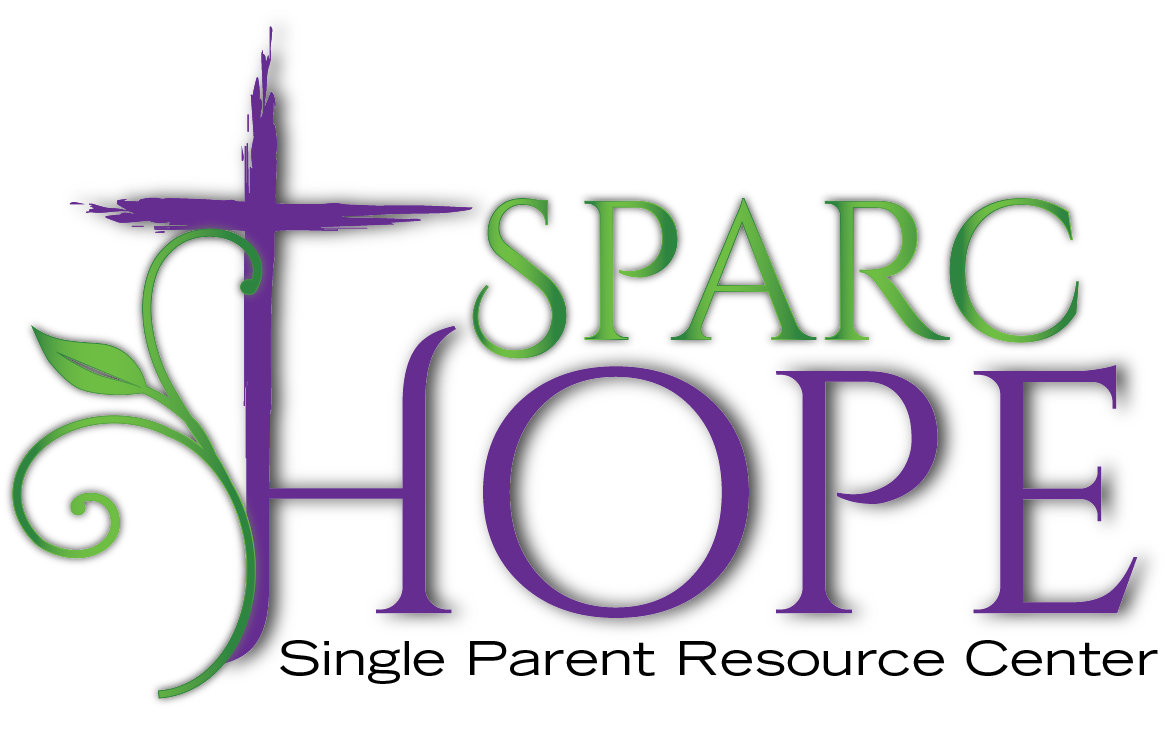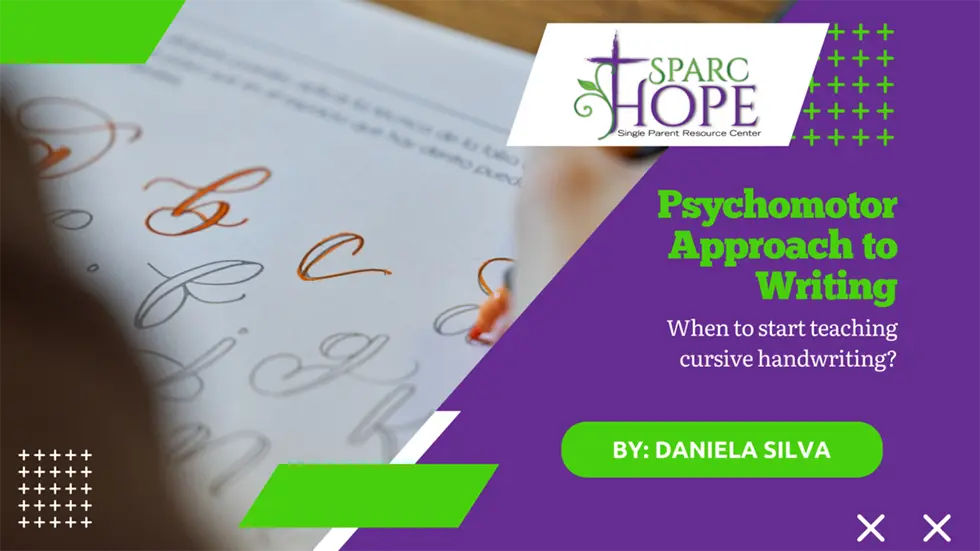Psychomotor Approach to Writing: when to start teaching cursive handwriting?
By: Daniela Silva
Teaching young children to write may be inappropriate as we ignore their natural development and may even harm their handwriting.
The learning of cursive writing goes through some stages of psychomotor development. This will serve as a basis for this process to occur hierarchically and, thus, not harm the child’s development. Let’s learn about the order of each of these steps. Alos, at what stage of child development they are learned until we reach the cursive letter:
Tone and Balance:
Tonus is the ability to contract and distend muscles. It is through this ability that a child maintains posture, controls the neck, rolls over, crawls, and learns to grasp objects. It develops in the first two years of life, and in the writing phase, it appears when the child grabs the crayon with a closed fist.
Hand-eye coordination:
One of the most important skills for the writing process. When the child is small, it is the hand that guides the eye, but as cognitive maturity occurs, the eye begins to guide the hand.
In the first few months, babies begin to develop eye coordination and follow objects with their eyes as they move. Around 4 months, many babies begin to show signs of hand-eye coordination when trying to reach and grasp nearby objects. As the child grows and develops, hand-eye coordination continues to improve. By 9 to 12 months, most children are able to pick up small objects using their thumb and forefinger, known as a “pincer grip”. This is essential for writing skills such as holding a pencil in hand.
Fine Motor coordination:
Is a skill that involves the precise control of the muscles of the hands and fingers. It is essential for writing as it allows children to correctly hold a pencil or pen and perform the necessary movements to form letters and words.
Between 2 and 3 years of age, this ability begins to improve in children. They are already able to doodle, hold crayons with their whole hand, cut paper, use cutlery, and draw.
Phonological Awareness:
Phonological awareness involves the ability to recognize and manipulate speech sounds. It is a critical component of writing development as it allows children to identify and separate the sounds that make up words. Activities such as word segmentation, identifying rhymes, syllable counting, and word games help develop this skill.
For children to develop these skills in a systematic and structured way, it is recommended that they be between 4 and 5 years old.
Oral language development:
Writing is intrinsically linked to oral language. Before they start writing, children need to develop a large vocabulary and a solid understanding of grammar rules. Reading aloud, daily conversations, shared stories, and pretend play are activities that promote the development of oral language, facilitating the transition to writing.
Pre-Writing Traits:
Between the ages of 3 and 4, children should be able to copy vertical, horizontal, and circular lines, and as young as 4 years old, a child may be able to copy familiar letters onto paper. This happens because at this age, the child already realizes that the letters produce sounds and that the combined sounds produce words, such as the first name, for example.
Fluent Spelling Stage:
Between the ages of 5 and 6, children begin to make more detailed drawings, such as human body shapes, by drawing a person with a head, torso, limbs, and hair. It is also in this age group that the child becomes aware that different spellings can have different meanings.
Teaching Cursive Writing:
Teaching cursive handwriting can vary according to each child’s motor development and individual skills. Generally, its teaching begins to be introduced into the school curriculum around the age of 8. This is when many children have already acquired sufficient fine motor skills to start learning this style of writing. It is important to remember that writing development is a gradual process, and that each child progresses at their own pace. In addition, the introduction of cursive writing may vary according to the educational and cultural practices of each region or country.
As we can see, teaching cursive has several benefits. By learning to write in cursive, children improve their fine motor skills, which can benefit their overall development, including hand-eye coordination.
Cursive writing involves delicate, coordinated movements of the fingers, hands, and arms, which is especially important for developing children.
Learning to read cursive writing can also improve children’s ability to recognize and understand handwritten text. Hand-printed materials such as letters and notes are often written in cursive. The ability to read and interpret these materials can be lifelong and invaluable.
While the digital age has transformed the way we communicate, the importance of cursive handwriting should not be overlooked.
Determining the appropriate age to introduce cursive must consider factors such as motor skill development, reading proficiency, curriculum guidelines, individual readiness, letter recognition and phonological awareness.
Other Ways to Connect
We hope you enjoyed these ideas about Psychomotor Approach to Writing: when to start teaching cursive handwriting. Do you have any thoughts? Please connect with us on Facebook and Instagram and let us know!
If you would like to learn more about upcoming events, sign up to receive our quarterly newsletter here.
Check out some of our other blog posts here, for tips and tricks for single parents, budget hacks, inspiration and more information about what we do here at SPARC Hope.
Author Bio
Daniela Silva is a Brazilian Education and Mental Health Writer living with her husband in Goiânia (GO), Brazil. She holds a BA in Pedagogy; an MBA in Personnel Management and a postgraduate certificate in Neuroeducation. Working as an educational writer since 2012, Ms. Silva is a regular contributor to several educational websites, such as oc87 recovery diaries, The Ability Toolbox, 4W, Inspire the Mind, Psychreg, The Old Schoolhouse Magazine, New Heights Educational Group, and Texas HomeSchool Coalition.

